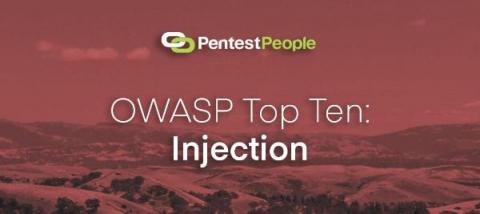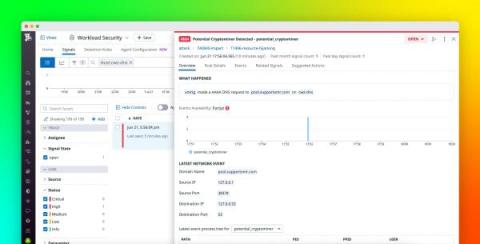OWASP Top Ten: Injection
Injection is one of the top OWASP vulnerabilities for a reason. It can allow attackers to inject their own malicious code into programs, which can result in serious security breaches. This blog post will discuss what injection is, how it occurs, and some of the most common attack vectors. We will also provide tips on how to protect your website and Web Applications from these attacks.











